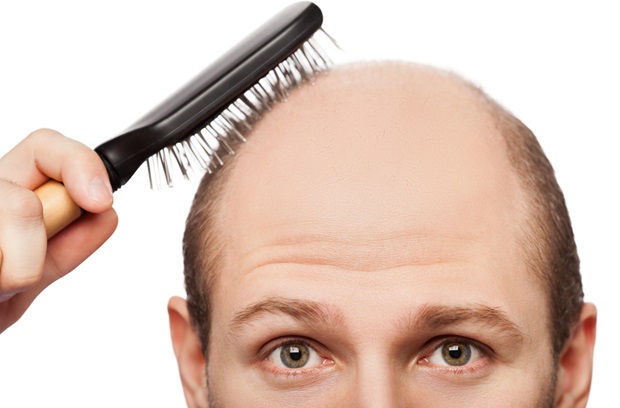Scientists make significant breakthrough toward possible cure for hair loss
Prepare to be amazed! In a groundbreaking feat, scientists at the Rensselaer Polytechnic Institute have successfully 3D-printed functional hair follicles in lab-grown human skin, unlocking new possibilities in regenerative medicine.

The first effective 3D printing of hair follicles within laboratory-grown human skin tissue has been accomplished by American scientists in the developing field of biomedical engineering. The journal Science Advances released the study’s findings from the Rensselaer Polytechnic Institute of New York.
The hair follicles are integral to maintaining body temperature through sweat production and harbor stem cells crucial for skin regeneration.
The achievement is revolutionary. Not only is it aesthetically pleasing, but it also represents a significant advancement in regenerative medicine and a possible treatment for baldness.
The discovery also highlights the possibility for process automation in the biomanufacturing of skin. Promising breakthroughs in effective skin grafts and the generation of new hair follicles and shafts are demonstrated by the 3-D culturing of human-derived cells.
Thus far, the safety evaluations have frequently depended on manufactured skin tissues lacking hair.
Researchers now have a more realistic platform to investigate how different formulations interact with the skin by adding hair follicles to skin models. This will enable the testing of more potent therapies for a wider range of skin diseases.
How was the research carried out?
The Rensselaer Institute research team employed 3D printing methods designed for accuracy at the cellular level. Skin and follicle cells were cultivated until an adequate number of printed cells was achieved.
After that, these cells were mixed with proteins and other substances to make a unique “bio-ink” for the printer. The printer created pathways for the insertion of hair cells while layer by layer applying the bio-ink with an incredibly fine needle. Skin cells eventually moved into these channels, emulating the real skin’s organic follicle architecture.
What’s the last word?
The discovery represents a development in the field of skin tissue engineering science. The potential for 3D-printed skin grafts that can develop hair, along with the achievement of printing hair follicles, will likely influence future medical operations involving artificial hair transplantation.
You might also be intersted in – Aftershocks persisting today believed to be triggered by earthquakes from 1800s: Scientists



